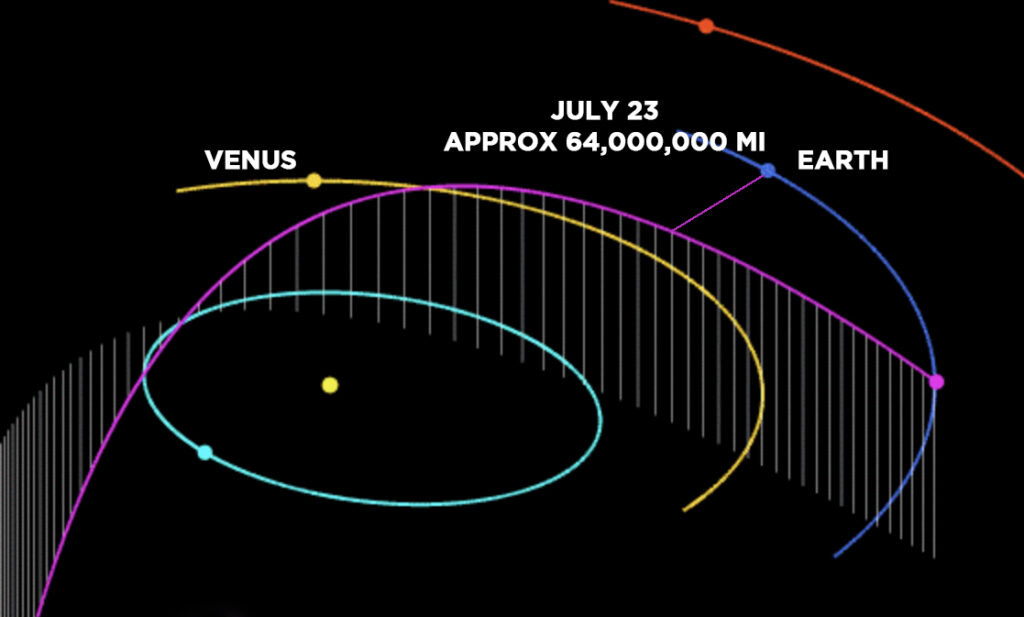The Dog Star (Sirius) is the brightest object in the sky this month but comet NEOWISE got all the attention over the past few weeks. Astronomical estimates put comet NEOWISE’s last visit to Earth—depending on your version of history—during the Halocene epoch, or about the time Adam and Eve ruined the party for the rest of us.
This summer sensation was discovered in March 2020 by the Near Earth Object Wide-field Infrared Survey Explorer (NEOWISE) telescope, and is a mere three miles wide. It intersected our solar plane just outside the orbit of Mercury in early July and passed closest to Earth at about 64 million miles, on its parabolic journey back out of the solar system, on July 22.
Comet science (and observation) tells us that its speed and visibility increased as it approached, maxing out at about 277,200mph during its slingshot around the sun and moving away until the year 8820 or so.

Comets are frozen leftovers from the formation of our solar system, roughly 4.6 billion years ago. The masses of dust, rock, and ice heat up when approaching the Sun; as they get closer, they emit gas and dust that are visible as a glowing head and tail reflecting light from the sun. NASA satellite data indicated the NEOWISE had a dust tail and possibly two gas tails.
The NEOWISE project is the asteroid-hunting portion of NASA’s Planetary Science Division. It tracks and collects measurements of asteroids and comets from telescope images and has helped construct a database that allows astronomers to search for solar system objects. During its first mission, NEOWISE detected more than 34,000 new minor planets.
Keep looking up for the peak of the Perseid meteor shower, August 11-13. This is many skywatchers’ favorite time of year; up to 50 meteors per hour (after midnight) and bright enough to be seen, even with the moon in quarter phase.
